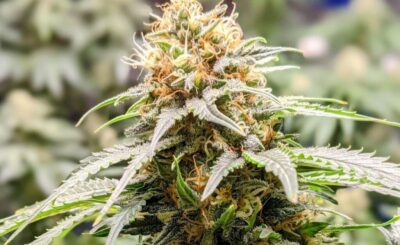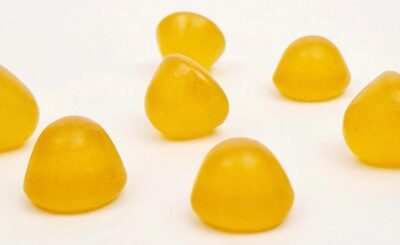Breast pumps are marvellous devices, but they can appear somewhat complicated. They have numerous components that must be thoroughly cleansed and frequently multiple configurations. All of this can feel somewhat overpowering when you’re also caring for an infant baby.
The breast pump flange is an essential component of breast pump equipment, but using the incorrect measurement can result in discomfort and breastfeeding difficulties.
Function of a Breast Pump Flange
The flange of a breast pump is the typically clear, funnel-shaped portion that lies against the breast. A breast pump uses air compression to stimulate your nips and stimulate your baby’s suckling when you use it. As the machine suctions, the flange conforms to your breast.
Sizes of Breast Pump Flanges
Different breast pump manufacturers offer breast pump flanges in various diameters. Most will offer small, medium, and large sizes with millimetre measurements. The smallest measurements begin at 15mm, while the largest sizes can reach 36mm. The number indicates the cylinder diameter into which the nipple is drawn when the machine is active and suctioning.
Most breast pumps include a piston of approximately 24 mm in diameter.
How to Determine Flange Size
Many breast pump manufacturers provide sizing guidelines on their websites to help you locate the correct breast pump flange or breast shields, as some manufacturers refer to them. The size of the flange you require is determined by the diameter or the distance between the two sides of your nipple. Not included here is the areola.
The areola is the pigmented area in the centre of the breast. The nipple is the protrusion in the centre that produces milk.
The number you obtain from measuring your cleavage is not what you should check for in your breast flange. Instead, use the following chart as a guide:
- A 17 mm nipple is compatible with a 21 mm flange.
- A 20 mm nipple is compatible with a 24 mm flange.
- A 23 mm nipple is compatible with a 27 mm flange.
- A 26 mm nipple is compatible with a 30 mm flange.
- A 32 mm nipple is compatible with a 36 mm flange.
In a breast flange that fits properly, the nipple is centred and allowed to move. There should be no areolar tissue drawn into the tunnel. There should be no additional discomfort, and pumping should be easy. After milking, the breast should be completely exhausted.
Despite having measurements, determining the correct flange size is sometimes a matter of trial and error. Resources may be available through your hospital, doctor’s office, or breastfeeding centre.
Indications of a Bad Flange Size
Incorrect flange sizing can result in nipple discomfort and an inability to completely discharge the breast after pumping. Milk left in the breast can convey to the body that too much milk is being produced, causing the woman to produce less milk. Inadequately drained breasts after suckling or pumping can lead to obstructed milk ducts or mastitis.
Signs that your breast pump does not suit you depend on whether the pump is too big or too small.
What occurs if flange diameters are too large?
If your breast pump flange is too large, you may find that your nipple is not completely drawn into the tube when pumping. You may also observe an excessive amount of areola being drawn into the flange or oedema after pumping. If the flange size is too large, you may not receive adequate suction and may experience pain or discomfort.
What occurs when flange diameters are too small?
If the flange of your breast pump is too small, your nipple may chafe against the tunnel’s walls, causing it to become sore and delicate. You will observe that your nipple lacks space for unrestricted movement. After pumping, you may experience discomfort and erythema or discolouration of the nasopharynx.








